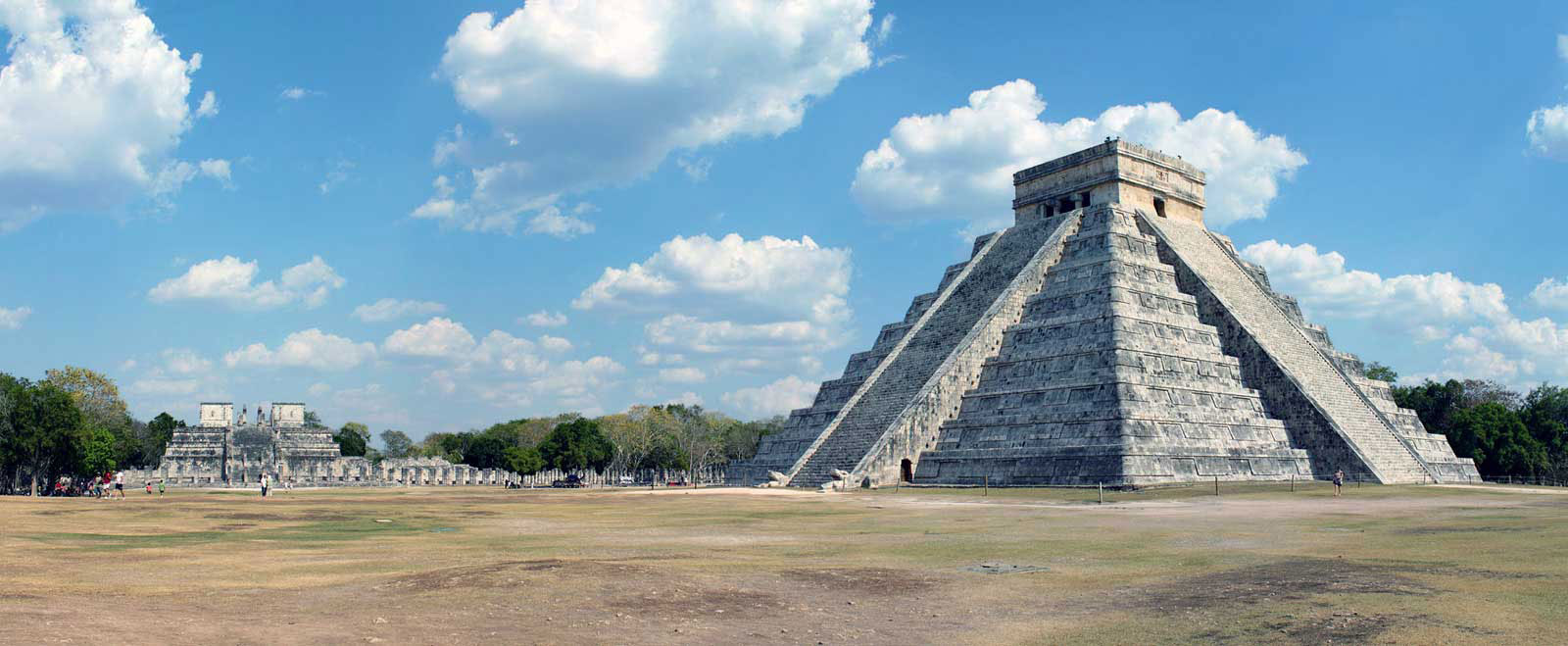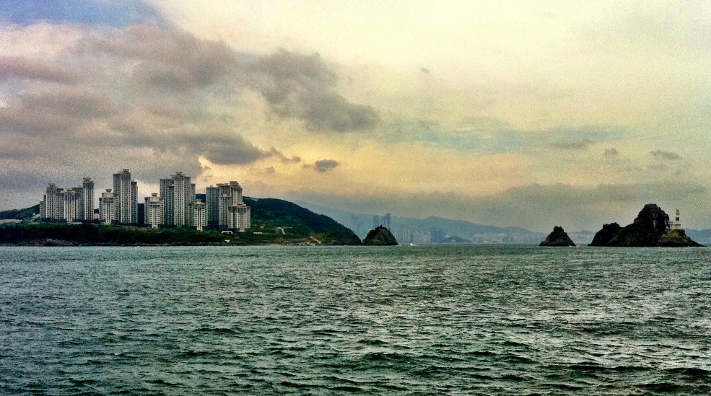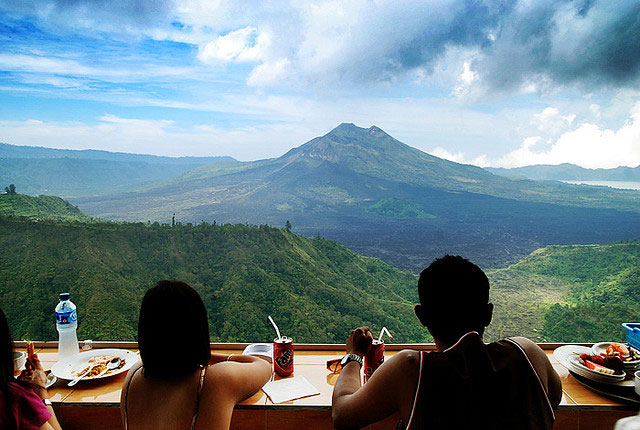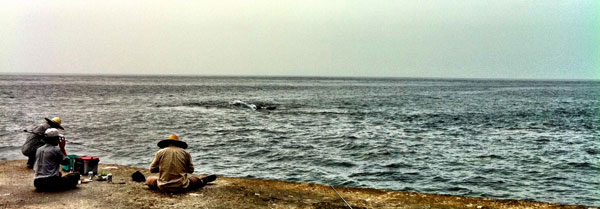Mayan Ruins at Chichen Itza Travel and Mythology

Chichen Itza is an epic city that one should not fail to visit among the Mayan sites on the Yucatan Peninsula. The location of this site is only about three hours from Playa del Carmen so its location is not that remote. It has great pyramids celebrated for tracks that are risky but exciting and jungles with magnificent views.
In addition, ruin buildings are present that add on to the attractiveness of the area. Among the hundreds of ruin buildings, thirty have been already been rebuilt to their original construct. However there are still hundreds of ruins that are under construction at the moment. And still other ruins are waiting for their turn to be discovered from the vines and bushes that have covered them. This article presents some details on the origin of Chichen Itza as well as some exciting facts that made this site one of the most visited tourist destination worldwide.
The Mayan Ruins at Chichen Itza Date to 850 AD
The Chichen Itza establishment has been dated back as early as 850 AD. For the three centuries of its existence, it has done well making its own mark in the history of Mexico. This has been the reason why as late as the present day, myths and legends about this ruin city were still in circulation. To clear things out here are some facts about Chichen Itza. First be informed that this city is actually the most massive and broad-based among existing cities during that time. It was even able to put up quite a lot of Mayan temples that are inspired by the architecture designs of Puuc, Toltec and Mixtecan culture during the height of its subsistence. There are also various ceramics and art pieces that can further indicate the wide-ranging trade system in whole of Mexico at this period. The leader of Chichen Itza of that time was the Itzaes, which is a tribe that speaks Maya from the central region of Mexico, close to the Mayan realm border.
Trade and Trade Routes as Well as Toltec’s Influences
Toltec’s connection to Chichen Itza has been the common source of mix-up in the history of this place. Many people still believes that the city was once subjugated by Toltec. The influence of Toltec on the Chichen Itza’s traditions and way of life has been the major proof to this assert. But if you are going to take a good look at the culture of Chichen Itza, various influences from various culture can be seen and not solely from Toltec. In fact, in the Toltec’s capital city Tula, the influence Chichen Itza is evident to. That only means the real powerful culture then cannot be determined by merely looking at the evident influences of the societies. The more reasonable explanation to these various forms of culture influence lies on the extensive barter system that is happened during that time that in turn facilitated more intricate interaction among the people. The widespread interaction might have led to the exchange or adaptations of traditions among the people of Mesoamerica. The widespread trade in Chichen Itza then was the reason for the mixed cultures that settled in. Say for instance, Quetzalcoatl the God of Toltec and Kulkulan the God of Chichen Itza are the same, they only have different name but both refers to the serpent with feathers replica.
The Mayan Influence on the Itza After the Spanish Invasions
It was towards the end of twelfth century when the Itzaes lost their supremacy to Chichen Itza when their rival tribe trampled their leadership that triggered the Itzaes to hide deeper in the jungle. The new dwelling of this tribe was Tayasal, Guatamela which is now more popularly called Flores and near Tikal, one of the Mayan ruin. The custom of Itzaes remained despite being exiled; one of their known practices is human sacrifice. Some of the Mayans seek cover with the Itzaes when the Spanish started to conquer the land. Many Spanish conquistadors who tried to go further inside the Itzae’s dwelling served as the human sacrifice of this tribe. However in 1697, the tribe was forced to surrender to the Spaniards. The city was still inhabited for sometime after the surrender but it has lost its importance as early as 1100 AD. Although it still served as the headquarters of the Spanish troop led by Francisco de Montejo in his pursuit to invade the whole Yucatan Peninsula. In the late nineteenth century, excavation of the city commenced and today it is one of the most traveled to museums.
Rodrigues Morel is an experienced tour guide polished and well versed in both Mayan and Chichen Itza history, fables and lore. Still Rodriguez notes that many questions deal with more routine questions of travelers to Cancun and the Mexican Rivera such as – what is entrance fee at the Chichen Nitza ruins and when I come back next time on my Mexican vacation – do you offer private tours as well It’s no secret that the Mayan ruins – especially with the doomsday predictions of 2012 in the Mayan calendar hold such intrigue.
Morel Rodríguez es un guía de turismo con más experiencia pulida y bien versado en la historia de Maya y Chichén Itzá, las fábulas y las tradiciones populares. Sin embargo Rodríguez señala que muchas cuestiones relacionados con las cuestiones más rutinarias de los viajeros a Cancún y la Riviera Mexicana, como – lo que es precio de la entrada a las ruinas de Chichén Nitza y cuando vuelva la próxima vez que en mis vacaciones de México – es lo que ofrece tours privados, así ? No es ningún secreto que las ruinas mayas, especialmente con las predicciones del fin del mundo de 2012 en el calendario maya mantener la intriga como.








I’m likely to rent a vehicle to visit chichen itza from Cancun. What else must i visit on the day that to create the most from my day. I’ll be in cancun for a while of your time and wish to see around I’m able to
Thanks